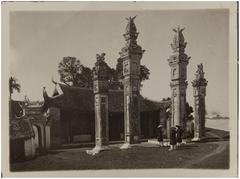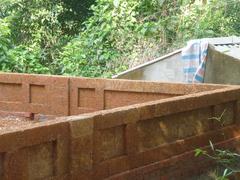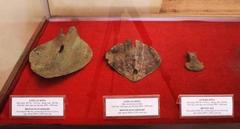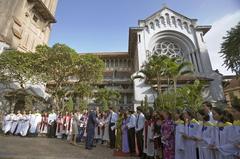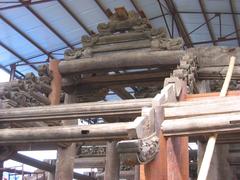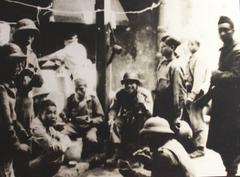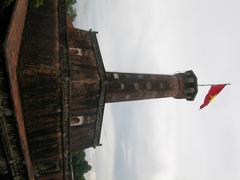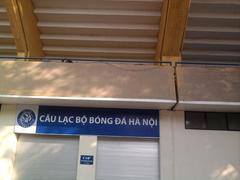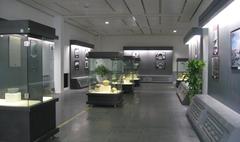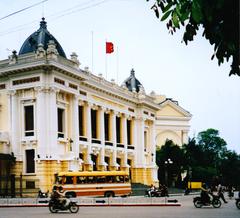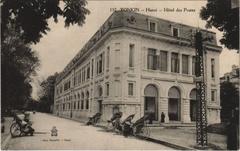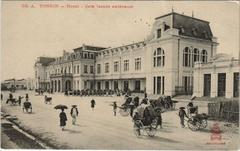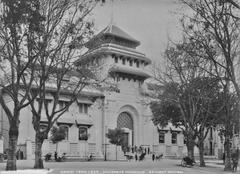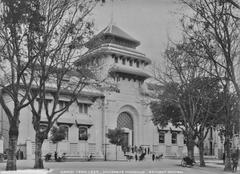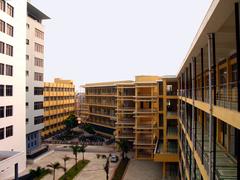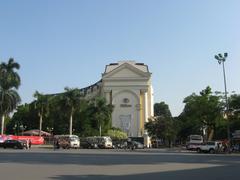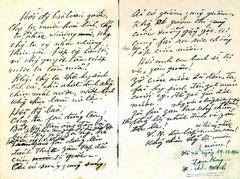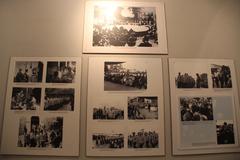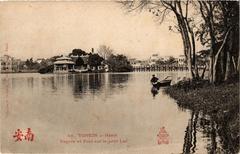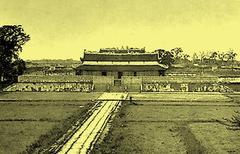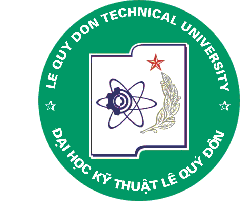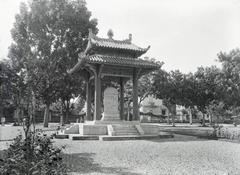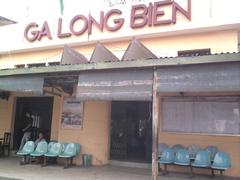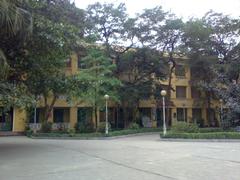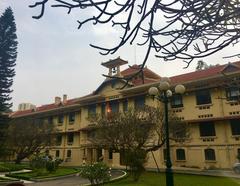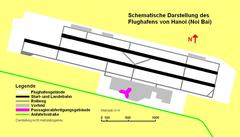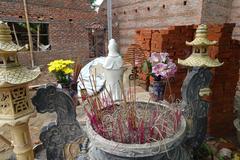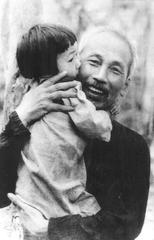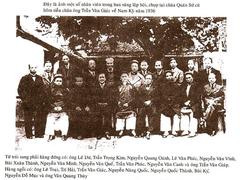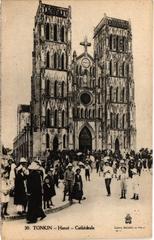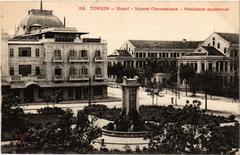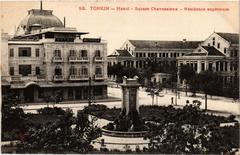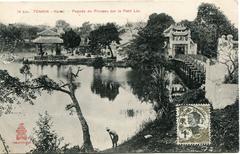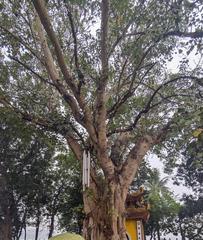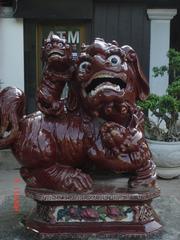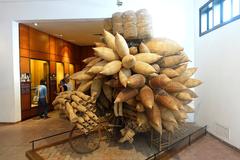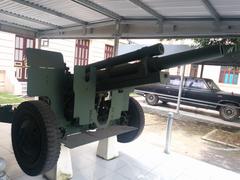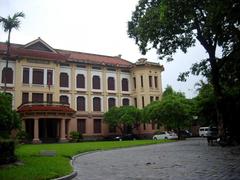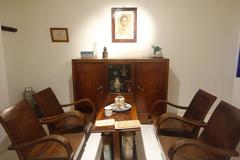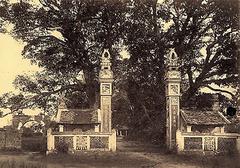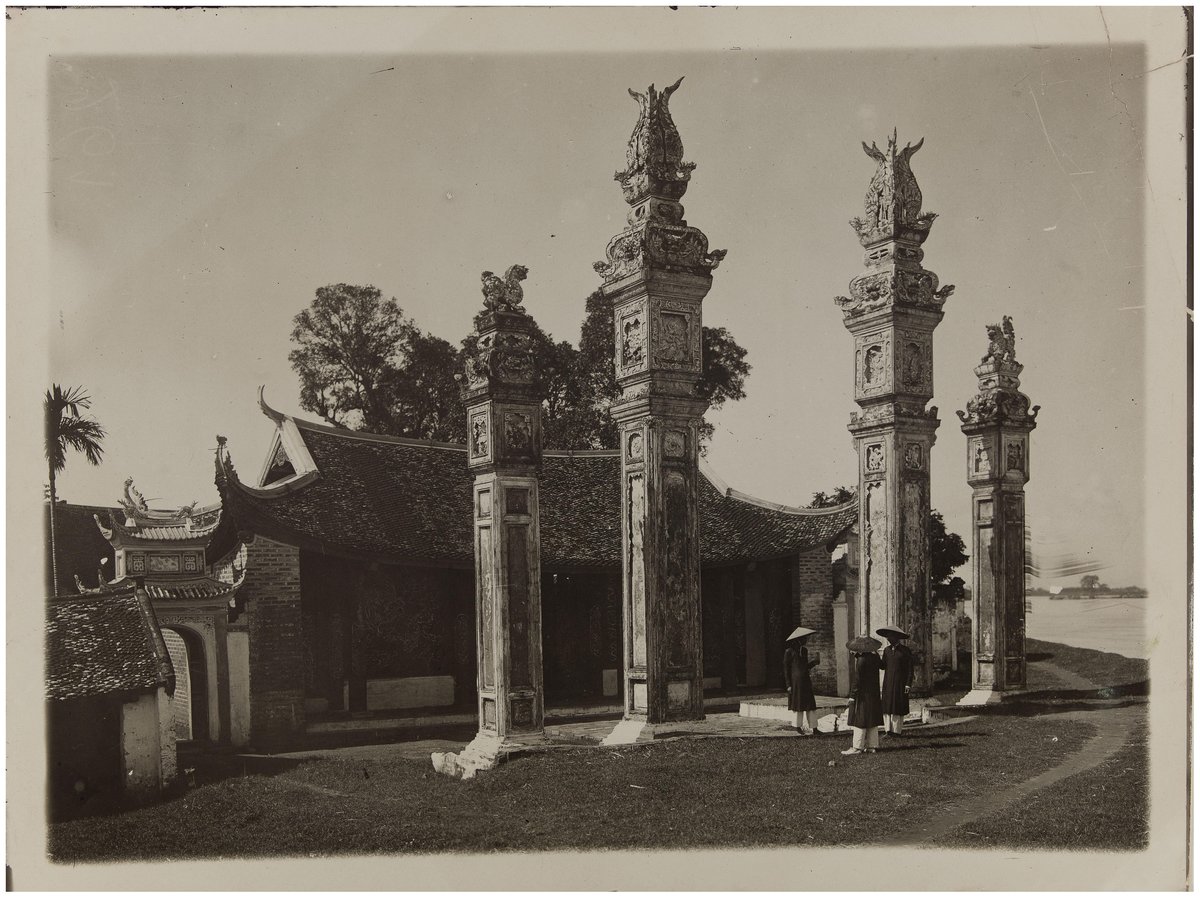
Chem Communal House Hanoi: Visiting Hours, Tickets, and Historical Significance
Date: 15/06/2025
Introduction
Chem Communal House, situated in Thụy Phương ward of Bắc Từ Liêm district, Hanoi, is one of Vietnam’s most ancient and revered cultural landmarks. With origins spanning over 1,200 years, and connections to the Hùng Kings era and the Âu Lạc Kingdom, this site stands as a testament to Vietnam’s enduring spiritual traditions, communal life, and architectural ingenuity (VietnamPlus; Vietnam Insider). Chem Communal House is not only a relic of the past but also a living center of cultural activities and local identity.
The house is dedicated to the legendary general Lý Ông Trọng, renowned for his military prowess and diplomatic missions. Architecturally, it exemplifies traditional Vietnamese timber construction, integrating royal aesthetics and practical adaptations against the Red River’s floods (Hanoi Times). Its spatial organization, elaborate woodcarvings, and symbolic motifs—like the four sacred animals at the triple-arched entrance—showcase centuries of artistic achievement (VietnamNet).
Chem Communal House remains an active spiritual hub, especially during the annual festival held in the fifth lunar month, where rituals, folk performances, and communal games preserve and celebrate local heritage (Vietnam Travel).
This guide covers the origins, architecture, cultural significance, preservation efforts, visitor information, and details of the Chem Communal House Festival, ensuring travelers have all the insights they need to experience Hanoi’s rich heritage.
Table of Contents
- Introduction
- Origins and Historical Evolution
- Architectural Features and Artistic Heritage
- Spiritual and Cultural Significance
- Preservation Efforts and Community Engagement
- Visiting Chem Communal House: Practical Information
- Chem Communal House Festival: Cultural Insights and Visitor Tips
- Frequently Asked Questions (FAQ)
- Plan Your Visit
- Sources
Origins and Historical Evolution
Believed to have been established around 791 AD, Chem Communal House is among the oldest of its kind in Vietnam (VietnamPlus; Vietnam Insider). Local legends and historical accounts trace its significance back to the Hùng Kings and the Âu Lạc Kingdom (Vietnam National Museum of History). The house venerates Lý Ông Trọng (Lý Thân), a revered general credited as Vietnam’s first envoy to the Qin Dynasty in China.
The structure has endured and adapted through centuries, with major restorations—such as its elevation by 2.4 meters in the early 19th century to counteract Red River flooding (Vietnam Insider). It was officially recognized as a historical and architectural relic in 1990 and declared a Special National Relic Site in 2017 (TravelViet).
Architectural Features and Artistic Heritage
Spatial Layout
Chem Communal House covers an 11,000-square-meter plot, designed in the traditional Vietnamese “Nội công ngoại quốc” pattern, where inner buildings form the Chinese character “工” (gong) and outer structures form “口” (kou), reflecting ceremonial hierarchy (Hanoi Times).
Entrance Gate and Sacred Pillars
The approach features four monumental stone pillars and a triple-arched gate, each adorned with carvings of the four sacred Vietnamese animals: dragon, unicorn (kỳ lân), turtle, and phoenix—symbols of power, wisdom, longevity, and peace (Hanoi Times).
Main Hall and Timber Framework
The main ceremonial hall (đại đình) is a showcase of timber architecture, utilizing mortise-and-tenon joinery that allows the structure flexibility and resilience—essential in a floodplain (Viet Vision Travel; Vietnam Net). The roof is multi-tiered with elegantly curved eaves and decorative ridge tiles.
Artistic Carvings and Interior Treasures
Inside, beams and pillars are decorated with bas-reliefs depicting village life, mythical creatures, and floral motifs (VietnamNet). The altar area is notable for its gilded lacquerwork. Key artifacts include royal decrees, stone steles, ancient incense burners, bronze bells, and Han-scripted books (VietnamPlus; TravelViet).
Structural Adaptations
The entire building was raised 2.4 meters in 1903 to protect it from floods, a feat accomplished by the local community (VietnamNet). An 18th-century bronze rain gutter system was also installed to manage runoff (Vietnam Net).
Spiritual and Cultural Significance
Chem Communal House serves as a spiritual center, honoring Lý Ông Trọng—esteemed as the third most significant Vietnamese saint (Vietnam Insider). The annual Chem Festival, held in the fifth lunar month, features rituals such as water processions, ceremonial offerings, folk performances, and communal games. The festival’s unique vegetarian dish, “kho kho,” is a symbol of purity and peace (VietnamPlus).
Preservation Efforts and Community Engagement
The site faces ongoing threats from river erosion and urbanization. Conservation initiatives have strengthened the structure and preserved its artifacts (Vietnam News). Programs such as “Linh thiêng đình Chèm – Dòng chảy tinh hoa” engage the community and youth in heritage education (Vietnam.vn).
Visiting Chem Communal House: Practical Information
Visiting Hours:
- Open daily from 8:00 AM to 5:00 PM (some sources mention 7:00 AM opening; confirm locally).
Tickets:
- Entry is typically free; some special events or guided tours may require a fee (standard festival tours: adults ~30,000 VND; children/students ~15,000 VND; under 6 and seniors over 70 free).
Accessibility:
- The site offers paved pathways and ramps, but some areas have traditional stone steps.
How to Get There:
- About 15 km northwest of central Hanoi. Reachable by taxi, motorbike, or public bus; follow signs to Thụy Phương Ward. Parking is available.
Best Time to Visit:
- Spring (March–May) and autumn (September–November) offer pleasant weather. The Chem Festival (5th lunar month, usually June) provides a vibrant cultural experience.
Nearby Attractions:
- Red River embankment, traditional villages, Imperial Citadel of Thăng Long, Temple of Literature (Facts and Details).
Chem Communal House Festival: Cultural Insights and Visitor Tips
Festival Dates: 14th–16th day, fifth lunar month (usually June).
Key Rituals
- Deity Procession: Statue of Lý Ông Trọng is carried to the Red River and back, symbolizing protection for the village.
- Water Offering (“te nuoc”): Sacred water is fetched from the river to bless the community.
- Incense Offering: Continuous prayers for harmony and prosperity.
- Folk Performances: Chèo (opera), ca trù (ceremonial singing), games like tug-of-war and human chess (Vietnam Travel).
Visitor Experience
- Modest dress is required. Remove shoes before entering the main altar.
- Photography is allowed but be respectful, especially during ceremonies.
- Local delicacies and festival foods are available; sharing meals is encouraged.
- Expect large crowds and limited parking; bring water and sun protection.
- Guided tours and workshops are available, especially during the festival.
Frequently Asked Questions (FAQ)
Q: What are Chem Communal House visiting hours?
A: Open daily from 8:00 AM to 5:00 PM.
Q: Is there an entry fee?
A: Generally free. Some guided tours or festival events may charge a fee.
Q: Are guided tours available?
A: Yes, especially during the festival period.
Q: Is it accessible for people with disabilities?
A: There are ramps and paved paths, but some traditional areas may require assistance.
Q: What’s the best time to visit?
A: During the Chem Festival (fifth lunar month) or in spring/autumn for pleasant weather.
Q: How do I get there from Hanoi?
A: By taxi, motorbike, or public bus. Follow signs to Thụy Phương Ward.
Plan Your Visit
Chem Communal House is not only a remarkable architectural relic, but also a living center of Vietnamese culture and spirituality. Whether you are a history enthusiast, culture lover, or traveler seeking authentic experiences, a visit here offers deep insight into Vietnam’s past and present.
For virtual tours, images, and planning resources, visit the official site or download the Audiala app for curated guides and the latest updates on Hanoi’s cultural events.
Visual Resources
Alt text: The main ceremonial hall of Chem Communal House showcasing traditional wooden columns and ornate carvings.
Alt text: The triple-arched stone entrance gate adorned with sacred animal carvings.
View Chem Communal House on Google Maps
Virtual Tour of Chem Communal House
Internal Links
- Top Historical Sites to Visit in Hanoi
- Guide to Vietnamese Communal Houses
- Festivals in Hanoi: A Cultural Calendar
Sources
- Chem Communal House in Hanoi: Visiting Hours, Tickets, and Historical Insights (VietnamPlus)
- Visiting Chem Communal House: Hours, Tickets, and Architectural Wonders in Hanoi (Hanoi Times)
- Chem Communal House Visiting Hours, Tickets, and Cultural Significance in Vietnam (VietnamNet)
- Chem Communal House Festival: Visiting Hours, Tickets & Cultural Insights in Hanoi (Vietnam Travel)
- Preservation Efforts Article (Vietnam News)
- Cultural Heritage Program (Vietnam.vn)
